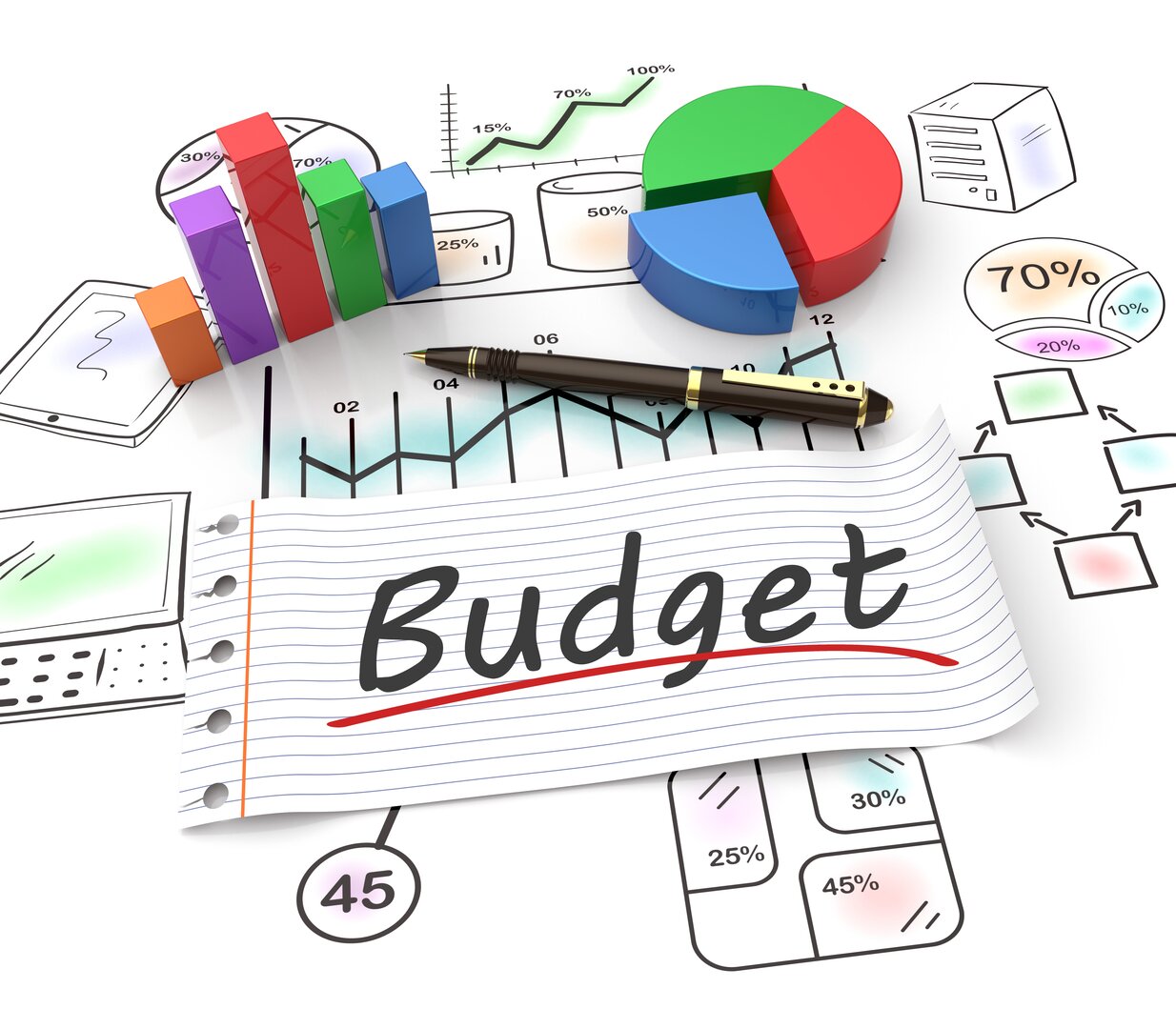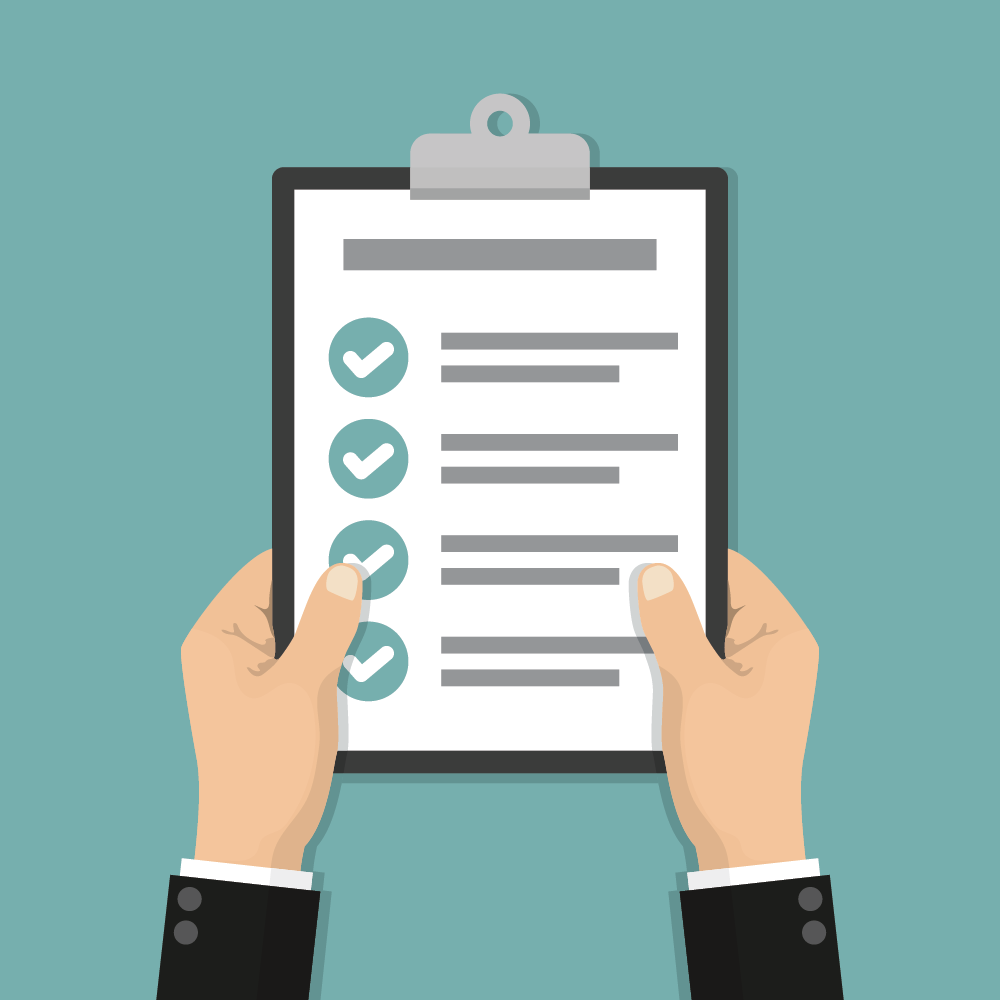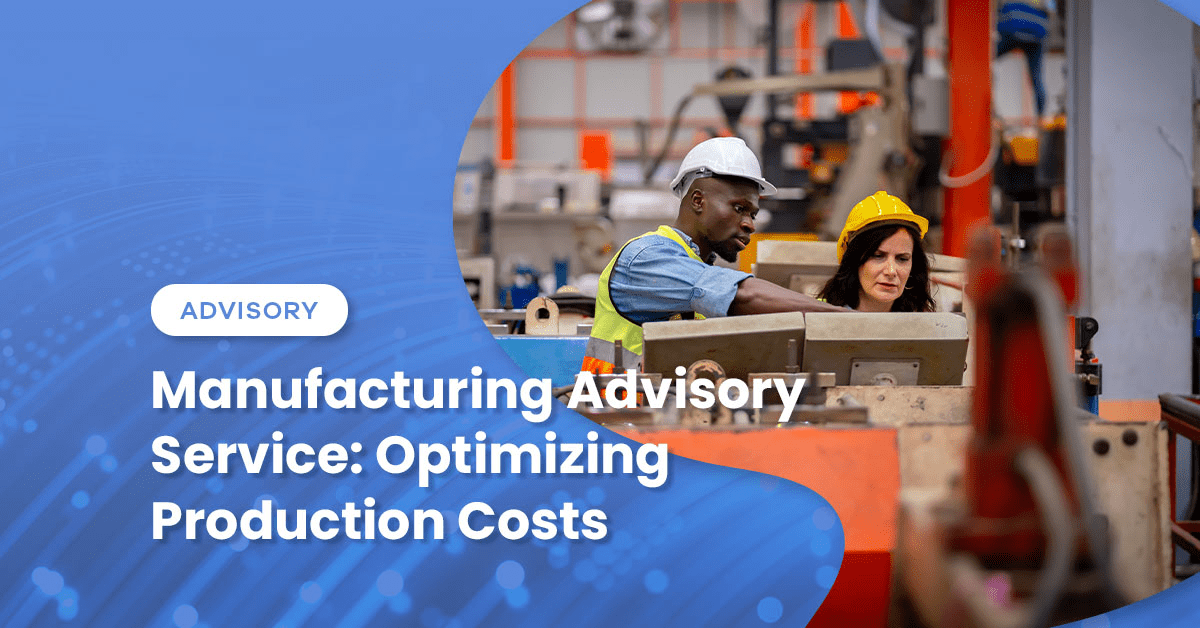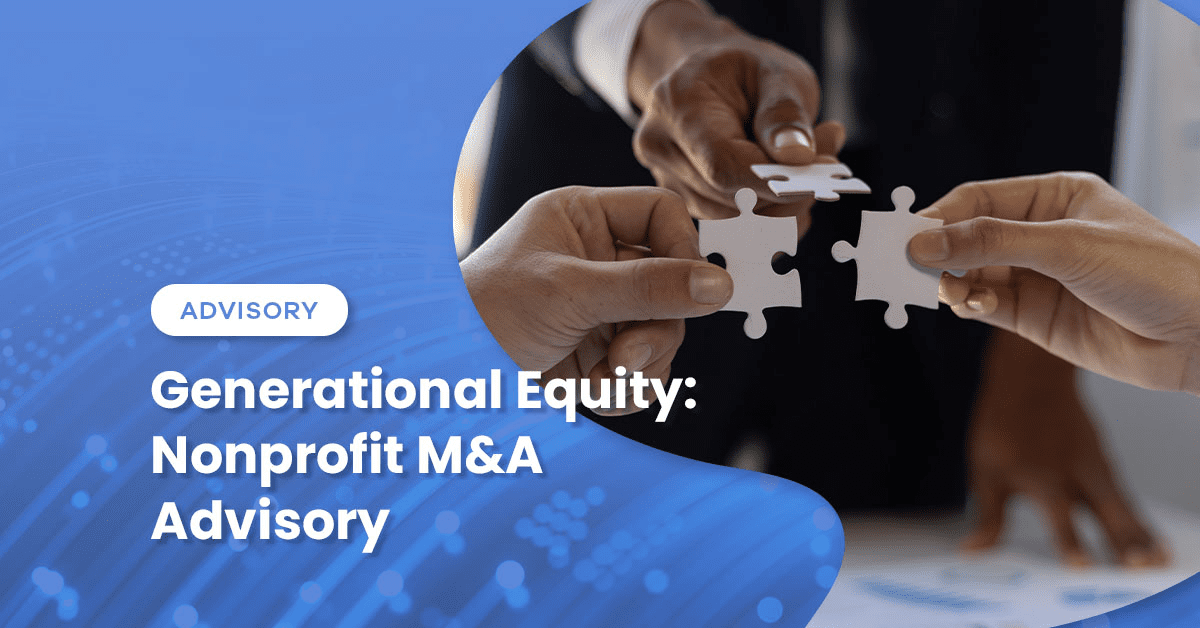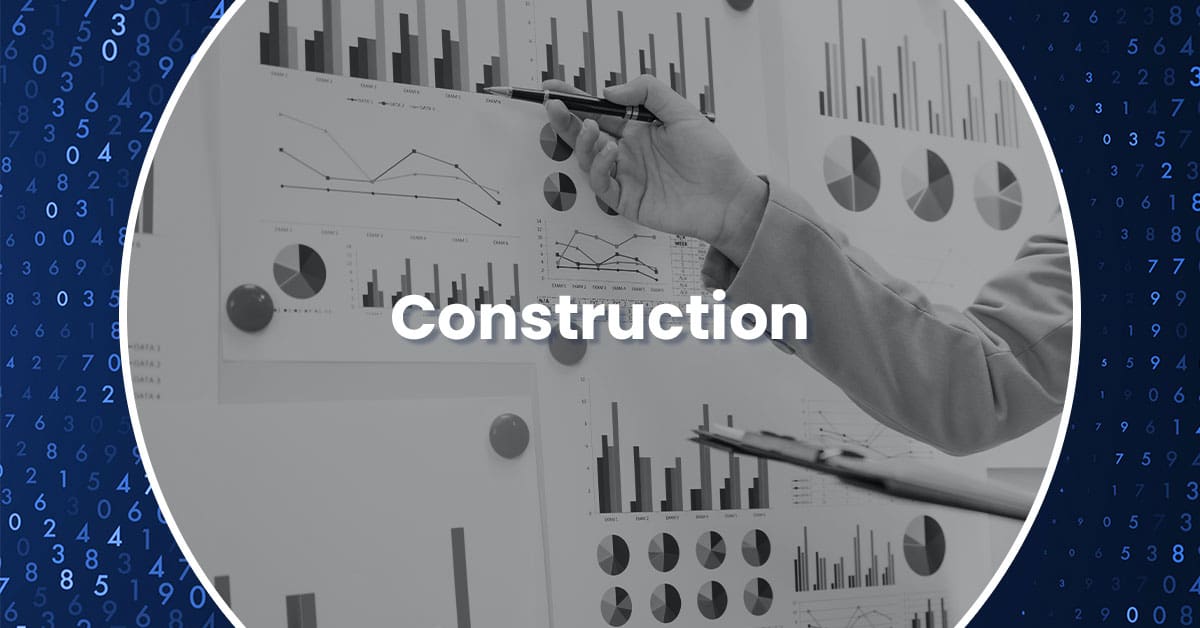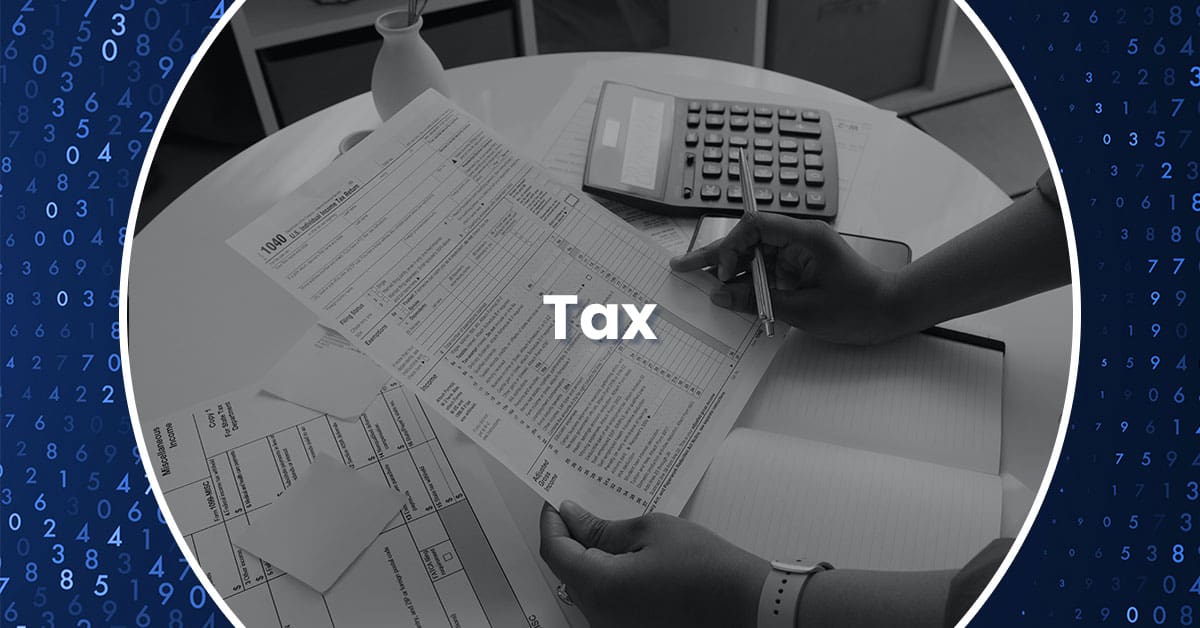By David Singletary
Updated 7/29/2019. We all know about the rapid pace of technology and the headaches it can cause your company. It can be more than merely annoying. It can also be costly and time-consuming. You’re constantly upgrading your tech hardware or software — or fielding complaints from employees if you don’t.
Your ERP solution is the brain center of your company. Depending on your line of business, it’s likely to impact your accounting, HR, sales, inventory and distribution functionalities, among others. In addition to the cost, changeover can involve dangerous downtime and require major investments in staff training or retraining.
So why worry about it? Surely you can squeeze a few more years out of your existing ERP software. Maybe, or maybe not. Let’s look at a couple key reasons to upgrade.
You need to force operational change
Upgrades are a good time to step back and evaluate your operation. Provide your people with much-needed refresher training. Use this tech transitional period as a vehicle to administer training on the new functionality and brush up on existing processes.
You’re falling behind the competition
Every competitive advantage can be a bottom-line benefit. If a best-in-class ERP software solution with new features and technologies will enhance your sales operations, price products better or get them produced and out the door with greater ease and efficiency, that’s an unmistakable advantage. If it’s your competitor who has that new solution, you’ve just lost that advantage.
You’ve got data security concerns
And you should. Today’s digital technology is an ongoing struggle between the good guys and the hackers and data thieves. It’s not just your company at risk, either. If your ERP system has security vulnerabilities, it can impact your customers’ safety too. That’s the last thing you want to do.
You’ll want to upgrade into a more secure environment before your current system springs a serious leak.
Not Every Innovation is an Improvement
It is important to note just as important as knowing when to upgrade is realizing when not to. Here are a couple situations in which you might be better off ignoring the noise, at least for now.
Everyone’s Updating Their Software
It can be tempting to do all you can to stay ahead of the Joneses. But keep emotions out of it. Evaluate the cost benefits of any new features versus the related tangible or intangible costs.
Besides, you might have functionality with your current system that you don’t even know about. Perhaps it’s been around so long that certain established functionality is not mentioned in your provider’s latest features guide. The lesson here is that you might spend a whole lot less by hiring a tech consultant who can teach your people how to get more out of the existing software than to invest in a new solution.
You’re missing the benefits of a minor release
Your ERP system might issue a major (and expensive) version upgrade every few years. This is usually signified by a whole-number name change. For instance, Release 3 becomes a 4.
In the meantime, they might issue several minor releases. Maybe version 3 becomes 3.1 or 3.1.1. These are typically minor bug fixes or small-scope feature enhancements — but that might be all you need. Don’t spend big when a small free fix will do.
The Value of Window Shopping
Your company probably doesn’t need to upgrade every time an innovative ERP solution is launched. But you do need to stay aware of what’s out there and how it might improve your operations. For smaller companies, a yearly review of new features should be considered. For larger organizations, a two-year review can be beneficial.
The more you know now, the easier it will be to make the transition when the time comes.
David Singletary is Software Project Manager of the CFO Advisory Team. To contact David, please email [email protected] or call 973-786-2277.
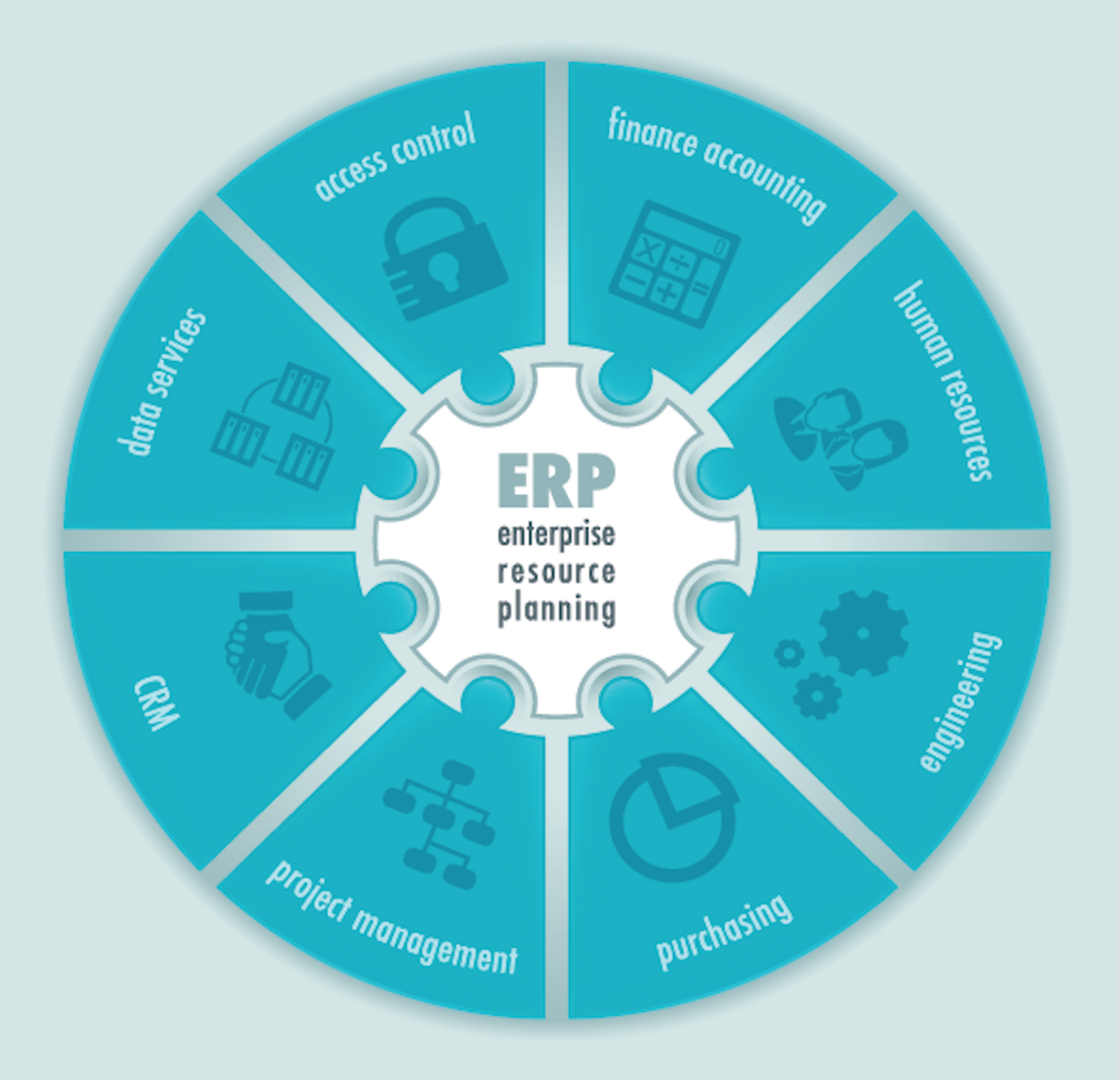
 Previous
Previous